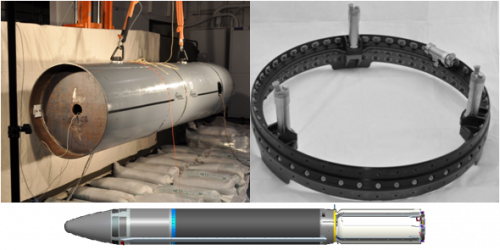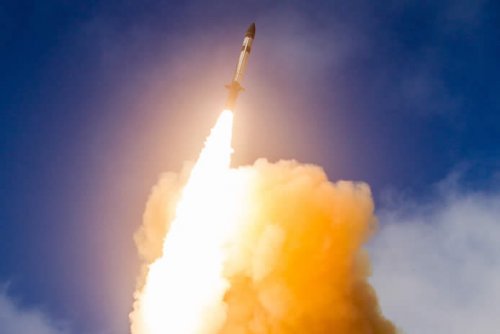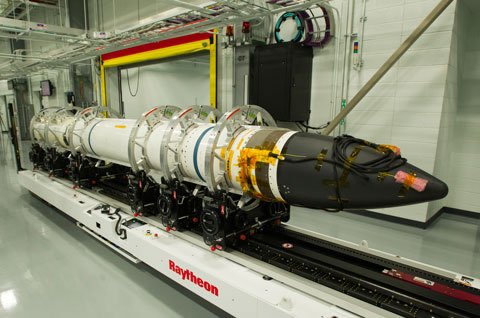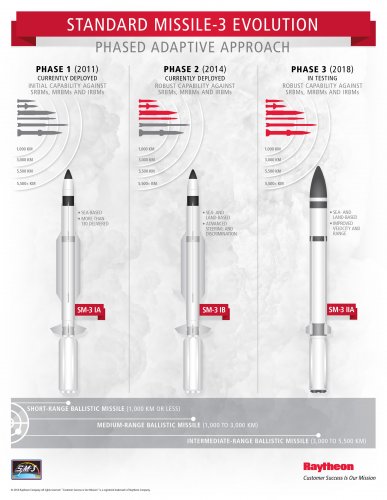BMD option touted for UK frigate
https://www.shephardmedia.com/news/defence-notes/bmd-option-touted-uk-frigate/
01st December 2016 - 14:53 by Rose Moriarty in London
Raytheon has called on the Royal Navy to consider adopting its SM-3 short- to intermediate-range ballistic missile defence (BMD) system, on its future Type 31 frigate.
No official requirement for this exists, and the Strategic Defence and Security Review (SDSR) released in November 2015 did not indicate that a sea-based ballistic missile defence system would be required, so Raytheon is looking towards the next SDSR to address this capability gap.
Andy Rhodes, business development lead for missile systems at Raytheon, told an industry technology day on 29 November that the UK MoD should consider this in its 2020 SDSR, which could pave way for integration on the Type 31 by 2023-24.
The vessel is expected to carry the Mark 41 vertical launching system, which can fire Raytheon’s SM-3 interceptor, Rhodes told Shephard. Current planning could also see MBDA’s Sea Ceptor used and there is an aspiration to operate the Raytheon Tomahawk missile from the frigate, he says.
However, industry sources have observed that the role of the frigate is yet to be determined, and at best it is designed to be an affordable and agile vessel. A BMD-capable SM-3 would increase costs.
A radar would also be needed to support the SM-3 on the Type 31, but it would be cumbersome. It may not even be possible to integrate it onto the frigate and might have to be carried by another ship.
But Rhodes insisted that potential aggressor states would find it cheaper to deploy ballistic missiles than traditional for forces and the UK must take this threat seriously, highlighting North Korean capabilities.
Pyongyang develops the Soviet Scud-derived Hwasong series of ballistic missiles, and is also developing a 10,000km-range weapon. Iran, meanwhile, has a ‘difficult interpretation of the nuclear deal’, he said and has also acquired North Korean-developed ballistic missiles.
‘The UK needs a long-range interceptor, and there is only one on the market,’ Rhodes says. ‘We need a national solution that doesn’t rely on NATO. The only product available to protect the UK is SM-3.’
However, a future variant of the Aster 30 missile that is already operated on the RN’s Type 45 destroyers called Sea Venom could be used as a BMD weapon. A Block 1 New Technology configuration is being developed by MBDA for France which has a BMD application. The destroyers could be used for BMD as the baseline Aster system is already integrated.





